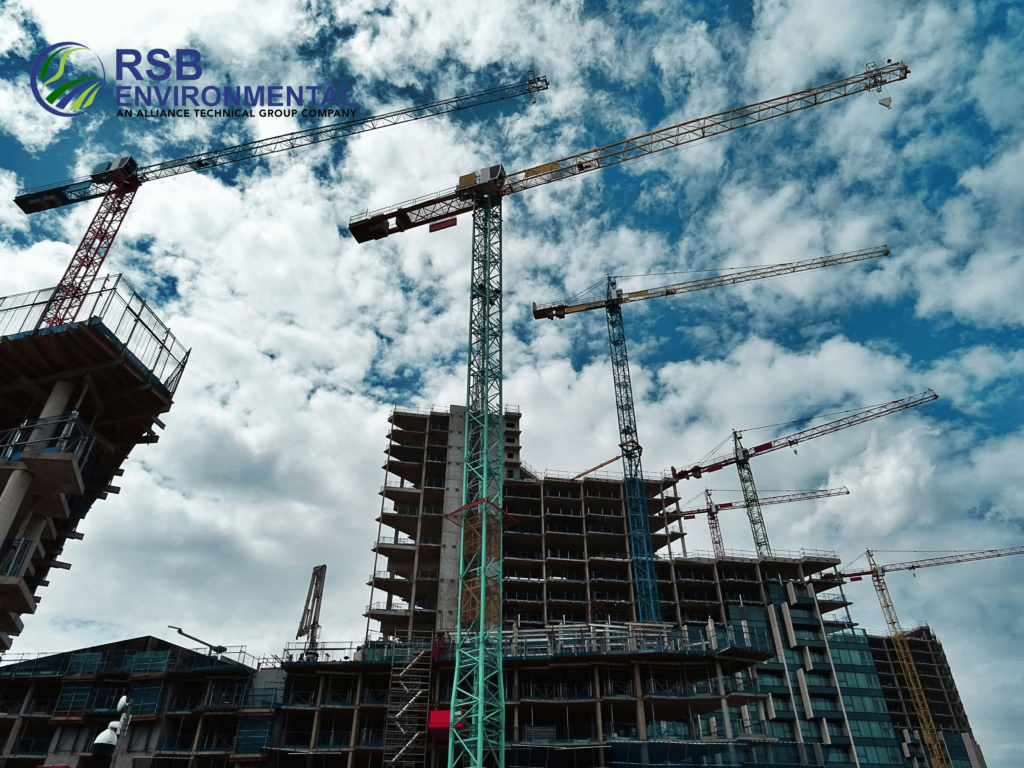Why Property Buyers Need a Phase 1 ESA
Purchasing property is a significant investment that requires careful due diligence, especially when dealing with commercial or industrial real estate. A Phase 1 Environmental Site Assessment (ESA) is essential for property buyers to identify potential environmental risks associated with a property before purchase. It helps uncover issues like soil contamination, hazardous materials, or historical land use that could affect property value or lead to costly cleanup obligations. By conducting a Phase 1 ESA, buyers can make informed decisions, negotiate better terms, and protect themselves from unforeseen liabilities that could emerge post-purchase.
What is a Phase 1 Environmental Site Assessment?
A Phase 1 ESA is a standardized environmental due diligence process designed to identify potential contamination and environmental hazards on a property. This assessment involves a comprehensive review of the property’s historical and current uses, physical inspections, and research into environmental databases and records.
Key components of a Phase 1 ESA include:
- Site Inspection: A visual examination of the property to identify any obvious signs of contamination or potential environmental risks, such as storage tanks or chemical spills.
- Historical Research: Review of historical documents, including aerial photographs, fire insurance maps, and property records to identify past land uses that may pose environmental risks.
- Regulatory Database Review: Examination of federal, state, and local databases to identify any documented environmental concerns or violations related to the property.
- Interviews: Conversations with current and past property owners, occupants, and local authorities to gather additional insights into the property’s history.
Why a Phase 1 ESA is Critical for Property Buyers
When acquiring a property, especially for commercial use, property buyers face significant financial risks if environmental issues go unnoticed. A Phase 1 ESA plays a critical role in protecting buyers from inheriting costly contamination issues or legal liabilities.
1. Identify Hidden Environmental Risks
Without a Phase 1 ESA, property buyers may unknowingly purchase land with existing environmental issues, such as soil or groundwater contamination. These issues can remain hidden during a standard property inspection but could surface later, leading to costly remediation or legal disputes.
2. Ensure Regulatory Compliance
Properties must comply with federal and state environmental regulations. If contamination is discovered after purchase, the new owner could be held responsible for the cleanup under the Comprehensive Environmental Response, Compensation, and Liability Act (CERCLA). A Phase 1 ESA ensures buyers are aware of potential compliance issues before finalizing the purchase.
3. Mitigate Financial Liability
Environmental contamination can significantly impact a property’s value. If contamination is discovered post-purchase, buyers could face substantial cleanup costs, fines, or legal battles. A Phase 1 ESA helps mitigate these financial risks by identifying concerns upfront, allowing buyers to negotiate better terms or even reconsider the purchase.
4. Secure Financing and Insurance
Lenders often require a Phase 1 ESA before approving financing for property purchases, particularly for commercial properties. This assessment assures lenders that the property does not pose environmental risks that could jeopardize the investment. Similarly, insurance providers may also require a Phase 1 ESA for liability coverage.
5. Support Informed Decision-Making
A Phase 1 ESA empowers property buyers with the information needed to make well-informed decisions. If issues are identified, buyers can either back out of the deal, negotiate for a reduced price, or require the seller to address the issues before closing.
How a Phase 1 ESA Protects Property Value
A property free from environmental risks retains its marketability and value more effectively than a contaminated site. Real estate investors, lenders, and insurers value transparency and risk management. A Phase 1 ESA assures all parties involved that the property is safe, secure, and a sound investment.
What Happens If a Phase 1 ESA Identifies Issues?
If a Phase 1 ESA uncovers potential environmental concerns, the next step may involve conducting a Phase 2 Environmental Site Assessment (ESA). A Phase 2 ESA includes physical testing, such as soil or groundwater sampling, to confirm contamination levels and determine necessary remediation steps.
Who Conducts a Phase 1 ESA?
A Phase 1 ESA should be conducted by qualified environmental professionals with expertise in environmental laws and risk assessment. RSB Environmental specializes in Phase 1 ESAs, ensuring compliance with ASTM E1527 standards and delivering comprehensive reports tailored to property buyers’ needs.
Frequently Asked Questions (FAQ)
- What is the purpose of a Phase 1 ESA?
The primary purpose of a Phase 1 ESA is to identify potential environmental risks and contamination that could affect a property’s value or lead to financial liabilities for the buyer. - How long does a Phase 1 ESA take?
A Phase 1 ESA typically takes between two and four weeks, depending on the property size and complexity. - Is a Phase 1 ESA required by law?
While a Phase 1 ESA is not legally required for every property transaction, it is often mandated by lenders and investors during due diligence for commercial property purchases. - Can a Phase 1 ESA uncover all environmental issues?
A Phase 1 ESA identifies potential risks based on visual inspections and historical research but does not include physical testing. If risks are identified, a Phase 2 ESA may be recommended for further investigation. - How much does a Phase 1 ESA cost?
The cost of a Phase 1 ESA varies based on the property size and location but is a small investment compared to potential cleanup and liability costs.
Protect Your Investment – Request a Phase 1 ESA Consultation Now
Investing in real estate involves significant financial commitments, and protecting your investment starts with thorough due diligence. A Phase 1 Environmental Site Assessment from RSB Environmental helps property buyers identify potential risks, avoid costly liabilities, and make informed purchasing decisions. Don’t take chances—contact RSB Environmental today to request a Phase 1 ESA consultation and ensure your next property transaction is secure and compliant.
If you need any assistance on Why Property Buyers Need a Phase 1 ESA, please email info@rsbenv.com. We look forward to hearing from you.




